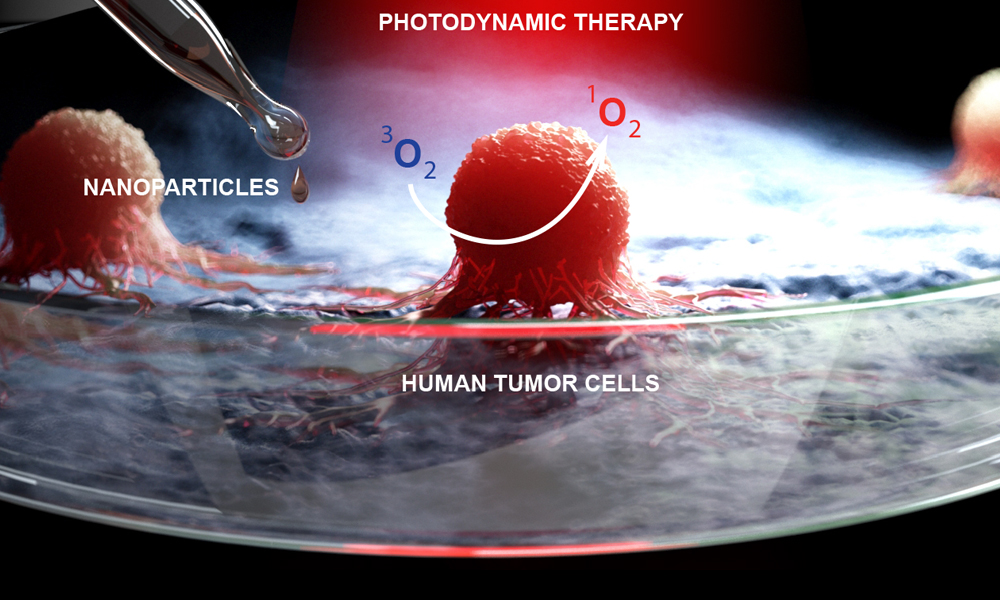
Plasmonics essentially explores the coupling between electromagnetic (EM) waves and the free-electron system [1]. In general, metallic materials contain partially occupied conduction electrons with unconstraint locations. In the microscopic explanation, the electric component of the EM wave impinging the interface of metal and insulator polarizes the free electrons and excites collective oscillation of electrons. This oscillation follows the corresponding optical frequency. In the macroscopic scenario, it arises from the large negative real permittivity of metal in contrast to positive real permittivity of the dielectrics. It finds exciting applications in integrated optical circuits and communications, thin-film photovoltaics, biological/chemical sensing, near-field super-resolution imaging and sub-wavelength lithography.
Materials for plasmonics
- Metals: Highly conductive materials are key components to generate plasmonic effects, including both surface plasmon polariton (SPP) and local surface plasmonic resonance (LSPR) [2]. Good plasmonic materials should have plasmon frequency greater than the frequency of operation and low loss (small imaginary permittivity) [2]. The most popular metals are gold, silver and copper due to their large real permittivity and low imaginary permittivity. Platinum and palladium are usually considered when catalytic activity of plasmonic material is desired. Aluminium is widely used in the UV range and alkali metals (sodium and potassium) with extremely low loss have been theoretically studied as well. These metals can be deposited, either physically or chemically, as thin films with tens of nanometer thickness.
- Dielectrics: As mentioned earlier, plasmonic wave is excited at the interface of metal and dielectrics [3]. This latter one can often simply be air or water. Glass, plastics and other polymers (PMMA, PDMS) are deployed in some applications. In most SPR-based bio/chemical sensing schemes, a prim made of glass (essentially SiO2) is introduced to couple probe light to the metal-dielectric interface to generate surface plasmon [4]. All of these materials exhibit negligible absorption of light.
- Molecules: Organic molecules frequently show up in plasmonics-based sensing experiments [5]. However, they are not essential for plasmonics, but serve as ligands binding to metallic surface and selectively detecting target species (analytes). One example of this molecular coupling is antigen-antibody conjugate pair. Mechanisms such as amine coupling, thiol coupling and DNA-mediated coupling can be explored [6]. This occurrence of molecular binding, either covalent or non-covalent, modifies the interfacial property and therefore alters the surface plasmon response.
- Graphene: Graphene is an emerging carbon-based two-dimensional material [7]. Due to its extremely high electron conductivity, it has been experimentally demonstrated with significant plasmonic effects at both near-infrared and THz frequency regimes. Nevertheless, due to near-zero bandgap, graphene has strong interband transition and thus tends to suffer from high optical absorption.
References
[1] YouTube video on introduction to plasmonics: https://www.youtube.com/watch?v=rLy4F-uQEOM
[2] P. R. West, S. Ishii, G. V. Naik1, N. K. Emani, V. M. Shalaev and A. Boltasseva, “Search for better plasmonic materials,” Laser & Photon. Rev. 4, 795-808 (2010).
[3] D. Sarid and W. Challener, Modern introduction to surface plasmons (Cambridge University Press, 2010).
[4] A. J. Haes, C. L. Haynes, A. D. McFarland, G. C. Schatz, R. P. Van Duyne, and S. Zou, “Plasmonic materials for surface-enhanced sensing and spectroscopy, ” MRS Bulletin 30, 368-375 (2005).
[5] Website about ligand coupling: https://www.sprpages.nl/immobilization/immobilization-procedures.html
[6] A. N. Grigorenko1, M. Polini and K. S. Novoselov, “Graphene plasmonics,” Nature Photo. 6, 749-758 (2010).
[7] D. R. Smith, J. B. Pendry and M. C. K. Wiltshire, “Metamaterials and negative refractive index,” Science 305, 788-792 (2004).
